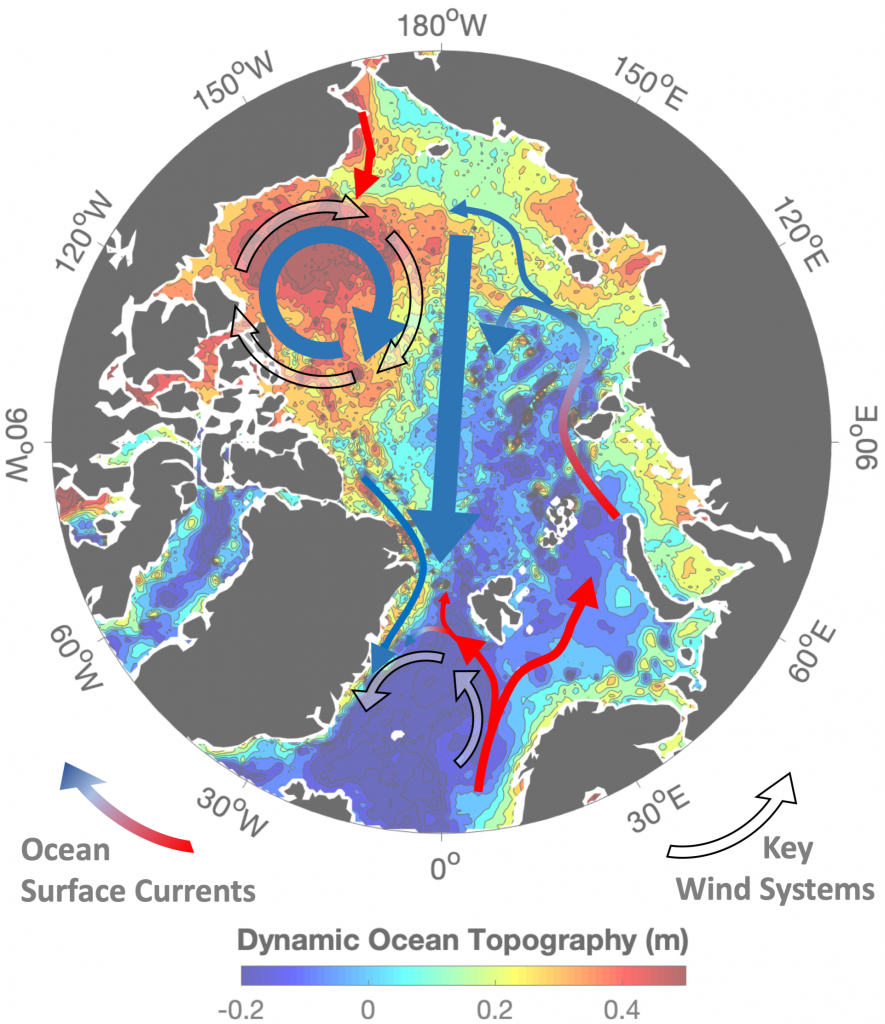Changes in the Arctic Ocean and sea ice affect regional climate in the countries around the Arctic. Due to the global linkage of ocean circulation and the likely effect of fresh water on the formation of deep water in the subpolar seas and the North Atlantic, the changes in the Arctic can be felt in climate across the globe.
In this project we look into the mechanisms of upper ocean variability in the Arctic and subpolar seas. We concentrate on changes in sea ice, fresh water, upper ocean water masses and circulation, feedback between the lower atmosphere and the upper ocean, and on the effect these processes have on the oceanic exchanges between the Arctic with the North Atlantic.
We try to understand how the winds move the sea ice and fairly fresh upper ocean in the Arctic and beyond, how that affects the ocean layers beneath and how the ocean and sea ice affect the atmosphere by heating or cooling. This is important for the growth and melt of sea ice across the Arctic.
Objectives:
- Role of the atmospheric forcing on the formation of freshwater reservoirs and the exchange of fresh water between regions within the Arctic Ocean and the North Atlantic
- Patterns of interannual change in the near-surface circulation (ocean and sea ice) of the Arctic Ocean, with focus on the Transpolar Drift
The parameters we look at are:
- surface pressure and winds
- sea surface height
- geoid height
- upper ocean temperature and salinity
- sea ice
Our tools are:
- remotely observing satellites
- observations by ships, autonomous drifting platforms and devices moored on the seafloor
- computer models simulating the variable ocean, sea ice and atmosphere, partly forced by a synthesis of atmospheric observations near the earth’s surface

Contributing scientists:
Torsten Kanzow
Michael Karcher
Frank Kauker
Hiroshi Sumata
